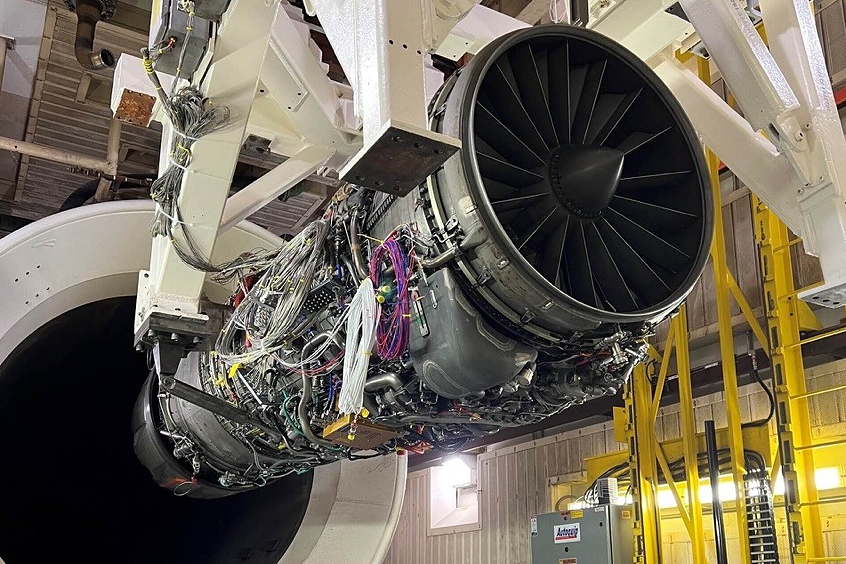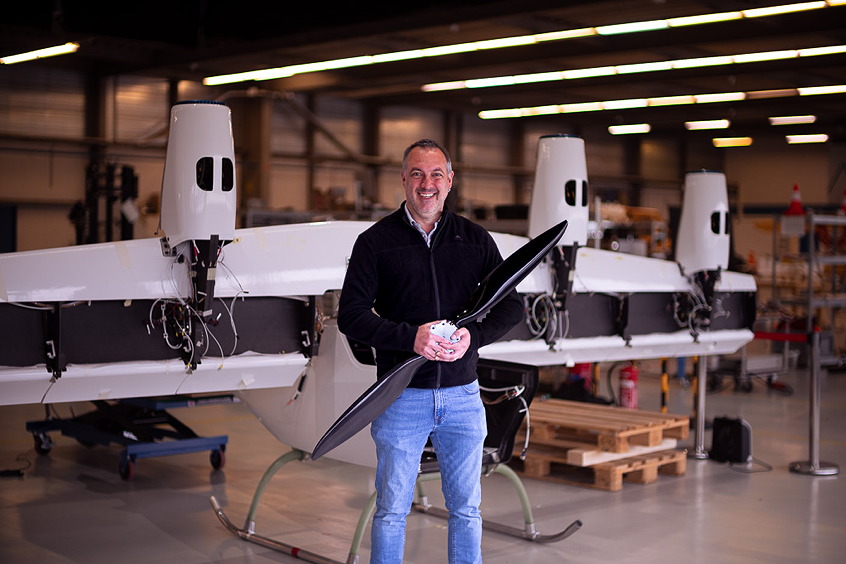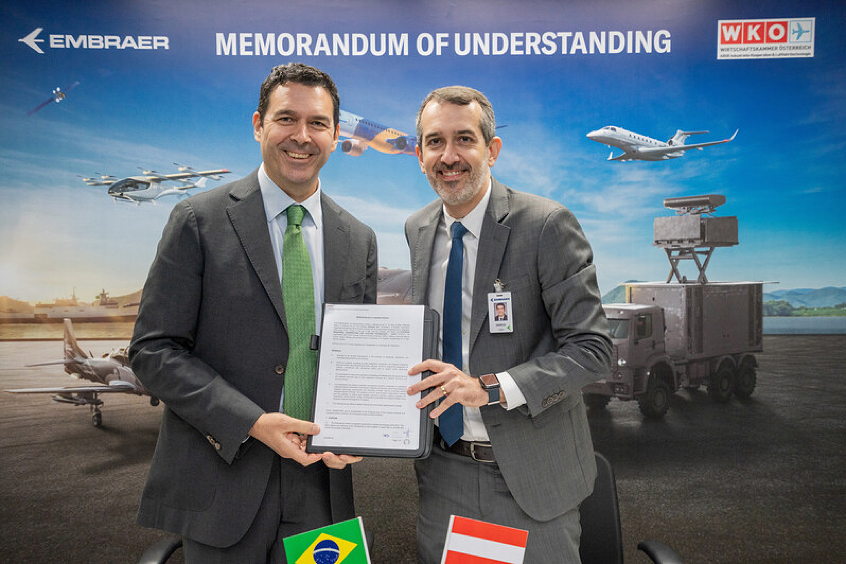Rockwell Collins recently teamed with the National Aeronautics and Space Administration to demonstrate its Sonic Boom Display at the NASA Armstrong Flight Research Center.
The usability demonstration and pilot working group meeting marked a major milestone in the two year project. The Sonic Boom Display project is expected to be completed this March. The resulting sonic boom impact visualization will help pilots modify flight plans to reduce sonic boom impacts or mitigate it all together.
"Important to our progress in reducing the sonic boom impact over land is to have a predictive sonic boom display in supersonic aircraft cockpits that ensures our future quiet supersonic aircraft remain below acceptable noise levels," said Brett Pauer, NASA Commercial Supersonic Technology subproject manager at Armstrong Flight Research Center. "We have collaborated with avionics companies like Rockwell Collins to translate our NASA algorithms into an integrated avionics system that is tested and evaluated by pilots."
The team leveraged NASA's cockpit interactive sonic boom display avionics algorithm, and implemented the capability to utilize a worldwide terrain database to predict where the sonic boom would impact the ground, and at what sound pressure levels. The prototype is installed in NASA's laboratory and is designed to be integrated into any business jet avionics.
"The Sonic Boom Display project is a great example of applying advanced flight deck technology, human factors research and pilot community engagement to provide supersonic situational awareness," said John Borghese, vice president of Rockwell Collins' Advanced Technology Center. "As a result of this research, we will be able to alleviate noise concerns affiliated with supersonic travel by giving pilots the ability to control boom placement away from populated areas."
The Sonic Boom Display was developed by integrating state-of-the-art synthetic vision technology (SVT) and a terrain awareness system (TAS), with future plans to integrate data from Rockwell Collins' ARINCDirect℠ weather services.
Next steps for the Sonic Boom Display are to implement a flight planning and guidance application, in addition to any defined noise standards.
| Contact details from our directory: | |
| Collins Aerospace, Avionics Division | Head-Up Displays, Radio Communications Equipment, Moving Maps, Enhanced Vision Systems (EVS), LCD Displays, Engine Indicator Instruments, Cabin Management Systems, Automatic Flight Control Systems, Inflight Entertainment, Automatic Direction Finders, Cabin Address Systems, Autopilots, Radar/Radio Altimeters, Distance Measuring Equipment, VOR (Omnirange) Receivers, Avionics Management Systems, Air-to-Ground Data Links, Multi-Mode Receivers (MMR), Engine Control Quadrants, Control Panels, Aircraft & Helicopter Controllers, Collision Avoidance Systems/TCAS, Helmet-Mounted Displays (HMD), Weather Mapping Radar, Inertial Components & Systems, Attitude and Heading Reference Systems, Navigation Antennas, Transceivers, Flight Recorders, Cockpit Printers, Flight Directors, Flight Management Systems, Electronic Flight Instrument Systems, Air Data Computers, Onboard Computers, UAV Control Software, GPS, Simulation Systems, Surveillance/Air Defense Radar, Engine Controls, Terrain Awareness and Warning Systems, Horizontal Situation Indicator, Instrument Landing Systems, Command, Control & Intelligence Systems, Airborne Communication Systems, Cockpit Video Displays, Onboard Intercom Systems |
| NASA Armstrong Flight Research Center | Vibration Testing, Research/Consulting Services, Testing Services |
| Related directory sectors: |
| Flight and Data Management |
Weekly news by email:
See the latest Bulletin, and sign up free‑of‑charge for future editions.

Amprius and Stafl team up for battery pack innovation

RISE engine efficiency project gains momentum

Dufour picks Mejzlik propeller blades for the Aero2
